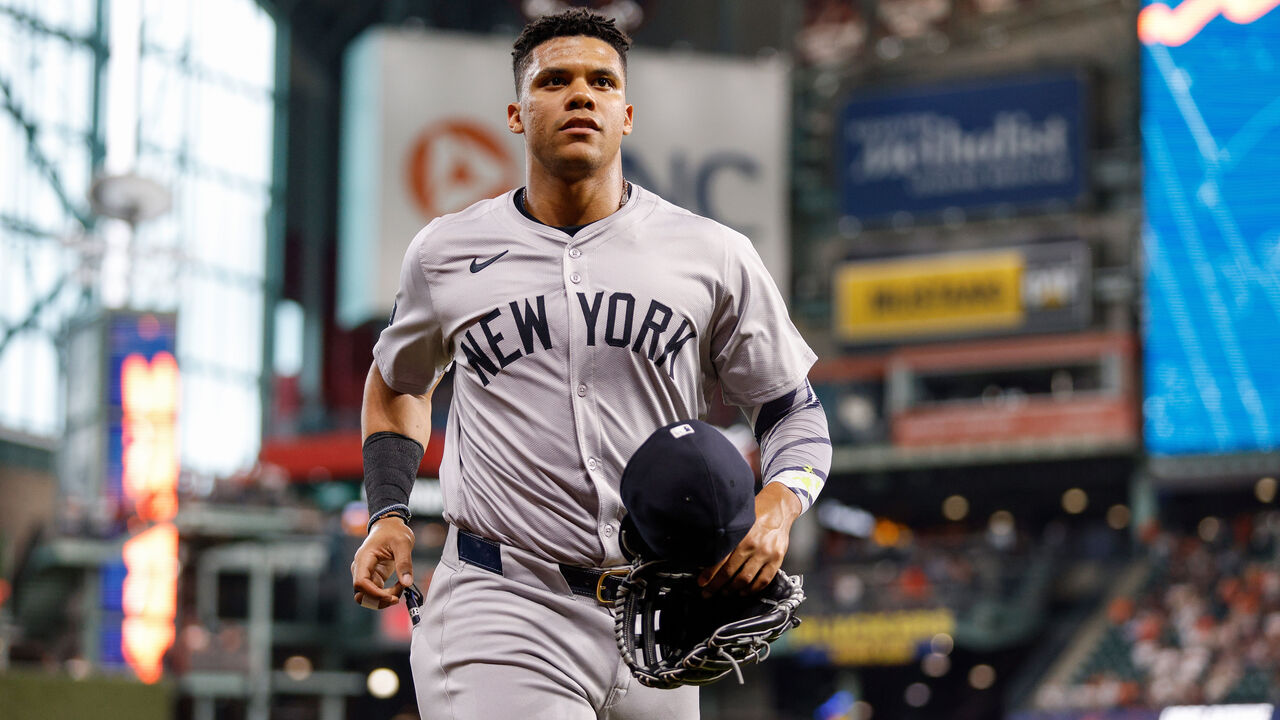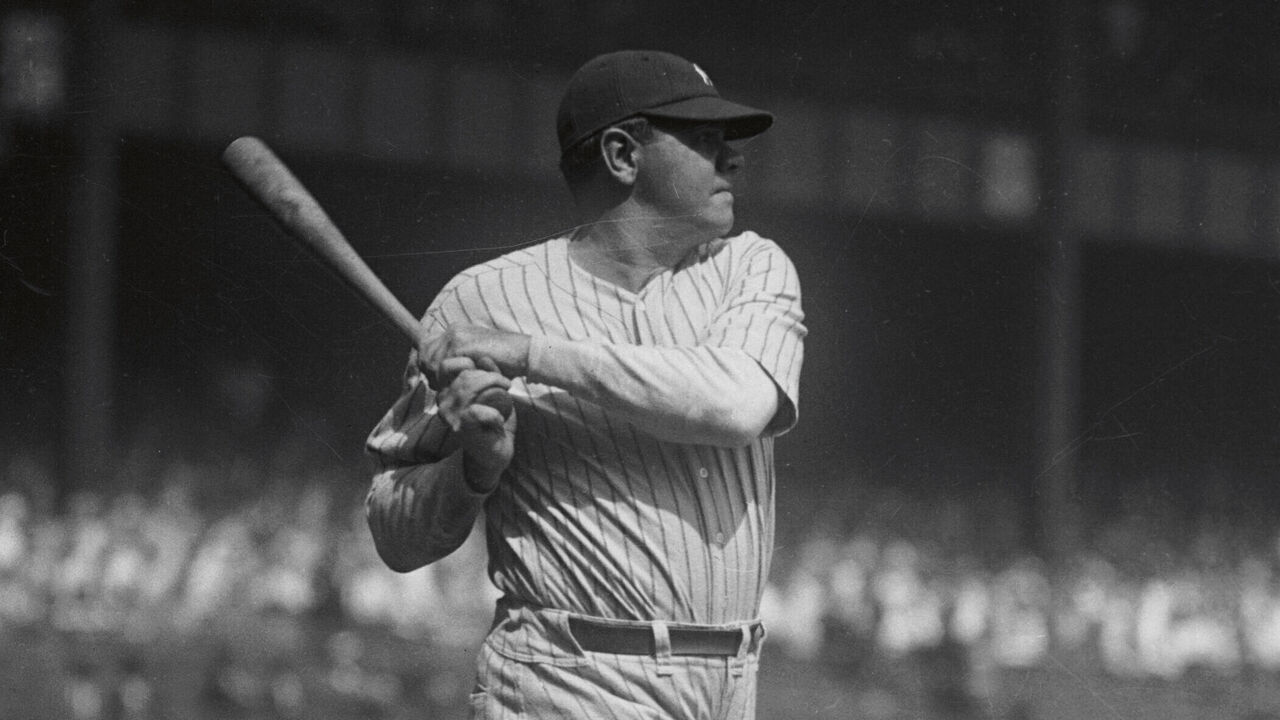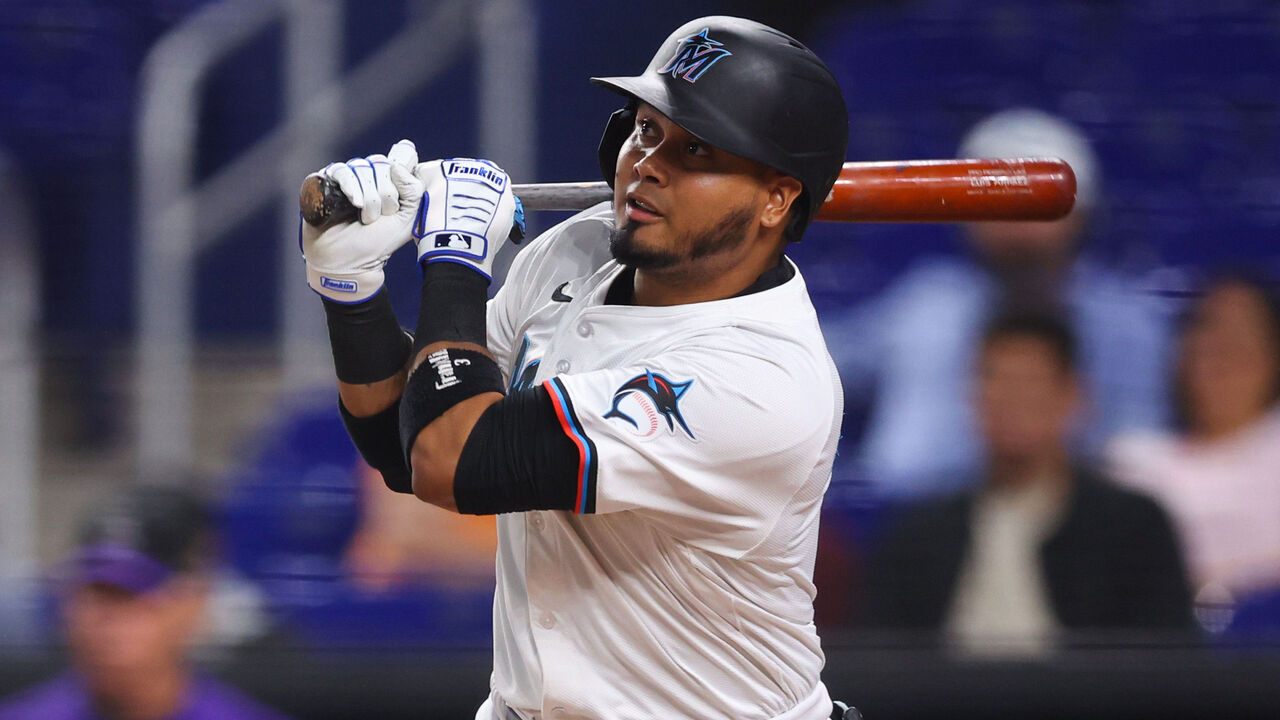The most interesting aspects of MLB's new swing data
On Sunday night, Major League Baseball unleashed a new avalanche of data on the baseball world.
Having long since tracked and quantified numerous characteristics of ball flight, both as pitches and hits, MLB turned its Statcast system toward the movement of the bat itself. Baseball Savant now publishes eight new measurements, such as "bat speed," "swing length," and "blasts."
But will the new data challenge existing beliefs or mostly march in lockstep with them? We explored some initial insights to understand just what this new content drop means for those who play, analyze, and enjoy the game.
Bat speed is (almost) king
One takeaway is much of the data lines up well with the scouting eye.
Baseball is a game of physics. Power is the result of the mass of the bat times acceleration. Acceleration of the bat is important. We've known that since the days of Babe Ruth. Ted Williams also trumpeted the need for bat speed. Now fans have a way to know who has the fastest bat and how that impacts their production.
Through play Sunday, hitters with an average bat speed one standard deviation (4.5 mph) or better from the MLB median of 71.3 mph averaged a wOBA of .321, which is 10 points higher than the MLB average.
Hitters one standard deviation or more below the median swing speed had a wOBA of .260.

Giancarlo Stanton, Oneil Cruz, Kyle Schwarber, Matt Chapman, Ronald Acuña Jr., Christopher Morel, and Aaron Judge are the only hitters with average swing speeds of 76.5 mph and above - two standard deviations better than the average.
(To determine bat speed, MLB removes bunts and the slowest 10% of a hitter's swings for the calculation.)
The list has some past MVPs (Acuña, Judge, Stanton), possible breakout hitters (Morel, Cruz), and, bafflingly, Chapman.

Good teams swing fast
Some of the best-hitting teams have the quickest bats. The Atlanta Braves rank first in team bat speed; the Baltimore Orioles are third.
Some of the worst have the slowest. The Chicago White Sox and Toronto Blue Jays rank 29th and 30th, respectively.
The Pittsburgh Pirates represent a confounding outlier.
You still have to hit the ball
Bat speed is important, but it isn't everything. Javier Báez and Shohei Ohtani share the same exact swing speed this season - 75.4 mph - but are quite different hitters.

Steven Kwan is among the more productive batters in baseball this season but has one of the slowest bats. Luis Arraez has the slowest bat (62.4 mph), but he's won back-to-back batting titles. Turtle mode can work, too. Both have very short swings.
But for most, it's tough to be elite without top-end swing speed. And when that skill is combined with other positive traits, like contact skills, a superstar is born.
Only three players have an average bat speed of 75 mph or better and a whiff rate under 20%: Juan Soto, Yordan Alvarez, and Mike Trout.
What the data can tell us
The correlation coefficient between bat speed and exit velocity is 0.61. That's a strong relationship for the scale that ranges from 1 (a perfect relationship) to -1 (a perfect inverse relationship).
None of this data is likely to change our views of what we think about hitters or hitting. We don't need the new metric to inform us that Soto swings hard and squares up a lot of baseballs. But it might help us understand who's improving, suffering from bad luck, or making changes.
Behavior changes
This is somewhat intuitive, too, but batters are more aggressive - they swing harder - when the count is in their favor.
League average bat speed and swing length in different counts pic.twitter.com/BYMemFXGiW
— Rob DiPietro (@deadpullhitter) May 13, 2024
This plays a role in explaining why getting ahead is so important.
Batters also swing harder when a pitch is in the strike zone (72.1 mph average) versus when it's out of the zone (70 mph). This makes sense: Hitters aren't reaching, or in an otherwise awkward hitting position, when they're swinging in the strike zone.
The Isaac Paredes life hack
This will sound counterintuitive to everything your Little League coach taught you, but long swings can be good.
Swing length - which MLB measures from the start of the swing path to contact with the pitch - possesses a slightly positive relationship with slugging percentage and wOBA. Why might that be? Part of the reason is that most power is tied to a batter's pull side, which means he's hitting the ball out in front of his body or out in front of the plate. The bat generally takes a longer path to travel there.
Balls hit to a player's pull side have a longer swing on average. These swings also hit the ball harder on average as peak bat speed is also in front of the plate.
No doubt about Isaac Paredes' 8th home run of the year 💥 pic.twitter.com/xlUl4Kqykt
— MLB (@MLB) May 8, 2024
If a player can consistently barrel a ball out in front of the plate, he can enjoy above-average power with a slow bat.
Paredes' 67-mph swing speed is 1.4 standard deviations below the MLB median, and he also owns one of the longest swings. Yet he's become an above-average home-run hitter - recording 39 since the start of last season - as he's adept at pulling the ball in the air.
Staying short can work, too
Swings should be geared to strengths, and having a short swing can lead to elite average and contact ability.
Arraez owns the shortest - and slowest - swing in the majors. Not only does that mean his path from Point A to B is concise, but he's letting pitches travel deeper, which allows him to use the whole field.

Bobby Witt Jr. and Gunnar Henderson also enjoy above-average bat speed with a shorter-than-average swing.
Double duty disappears?
Perhaps we could see some switch-hitters dropping their dual-hitting ability.
A few switch-hitters have much higher swing speeds from one side versus the other. They include Elly De La Cruz (76 mph left-handed, 73.5 right) and Ketel Marte (77.3 right, 71.0 left).
#Statcast Bat tracking distribution:
— Tangotiger 🍁 (@tangotiger) May 13, 2024
See that link text all the way to the right? Click it.
And you see that text box at the bottom? Type in it.
Hover over each distribution to see the average speed.
Also compare Elly LHH to Elly RHH. Have funhttps://t.co/9YB2c1tf8H pic.twitter.com/FuU3Glvfcg
another fun part of bat tracking is seeing two totally different approaches for switch hitters (this is Ketel Marte) pic.twitter.com/TuyC2n86D1
— Will Harris (@sandwich_pick) May 13, 2024
Perhaps we'll see fewer switch-hitters, more pulled balls, more bat-speed training. We'll have to wait and see what comes of this avalanche of data.
But this release mostly confirms what we already know: bat speed is critical, but it doesn't matter much if you can't make decent contact.
Travis Sawchik is theScore's senior baseball writer.